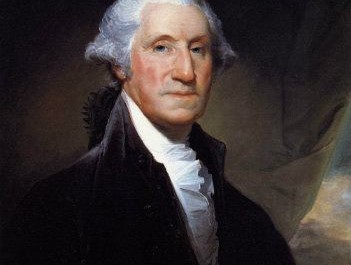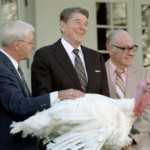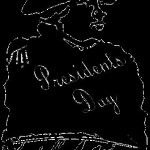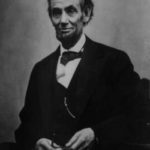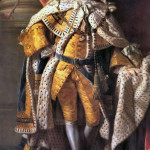The First U.S. Presidential Election
The procedure for electing the President of the United States today differs considerably from the process of electing the first President of the United States. Even if our forefathers had had the benefit of television and social media, the majority of citizens would not have voted for any other president. In fact, the majority of citizens did not even elect George Washington in the first presidential election.
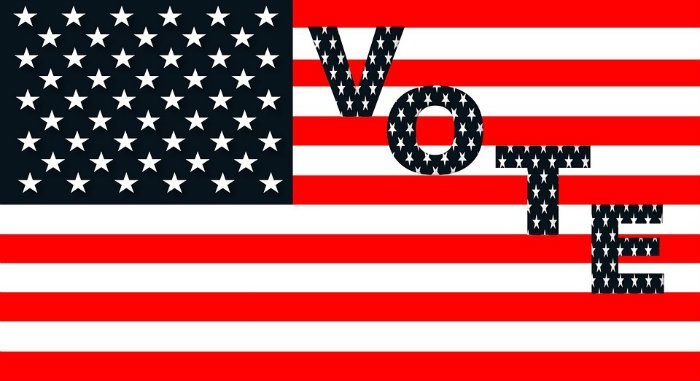
Government Before The First Presidential Election
After the states won their independence, New Hampshire became the ninth requisite state to ratify the Constitution, doing so on June 21, 1788. This opened the door for the Confederation Congress to pass the Election Ordinance in September and set the stage for “the selection of presidential electors in the states on 7 January 1789 and set 4 February as the date they would cast their ballots in their states,” according to The Papers of George Washington.
While the states each decided how to select the electors in their state, because North Carolina and Rhode Island had not ratified the Constitution, those states had no electors in the first presidential election.
Electing The First U.S. President
The importance of the electors, who each had two votes, becomes clear upon discovering the procedure for electing the first president. No presidential candidate campaigned and no citizen other than white property owners could vote. Campaigning and popular election efforts did not exist in 1789. Instead, each elector met on January 7, 1789 to cast their votes for the person they wished to become president. The person with the most votes would be the first U.S. President and the person with the second highest number of votes would be named first U.S. Vice President.
Initially, George Washington resisted having his name among the list of proposed candidates because he viewed seeking the office as dishonorable. History says that only after convincing by Alexander Hamilton and others, did he agree to include his name as a candidate for the first U.S. President.
New York had not selected their electors in time for the January 7 vote. Two electors in Maryland and one Virginia elector did not cast ballots. 69 electors cast their vote. Congress counted the ballots on April 6, 1789, electing George Washington the first U.S. President and John Adams as the first U.S. Vice-President. George Washington received 69 electoral votes; John Adams received 34, while John Jay received 9 votes and John Hancock 4. Votes for other individuals totaled 22.
George Washington traveled to his New York inauguration without Martha, who chose to stay home at Mount Vernon. Washington assumed the office as the first President of the United States on April 30, 1789.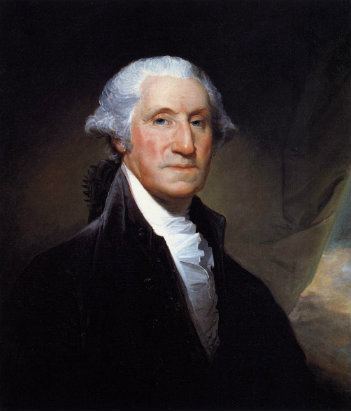
Mr. President
After the election, the Senate proposed calling George Washington “His Highness the President of the United States of America.” This embarrassed Washington, who opposed the title, settled on “Mr. President,” a title still popular today.
In the 1792 election, George Washington ran “unopposed.” The American Enterprise Institute (AEI) points out that “George Washington is the only person to have been unanimously elected president.”
The AEI also quotes John Steel Gordon explaining that while the first U.S. presidential election process differed considerably from presidential elections today, George Washington assumed office “not by inheritance, appointment, or the sword, but by election.”

